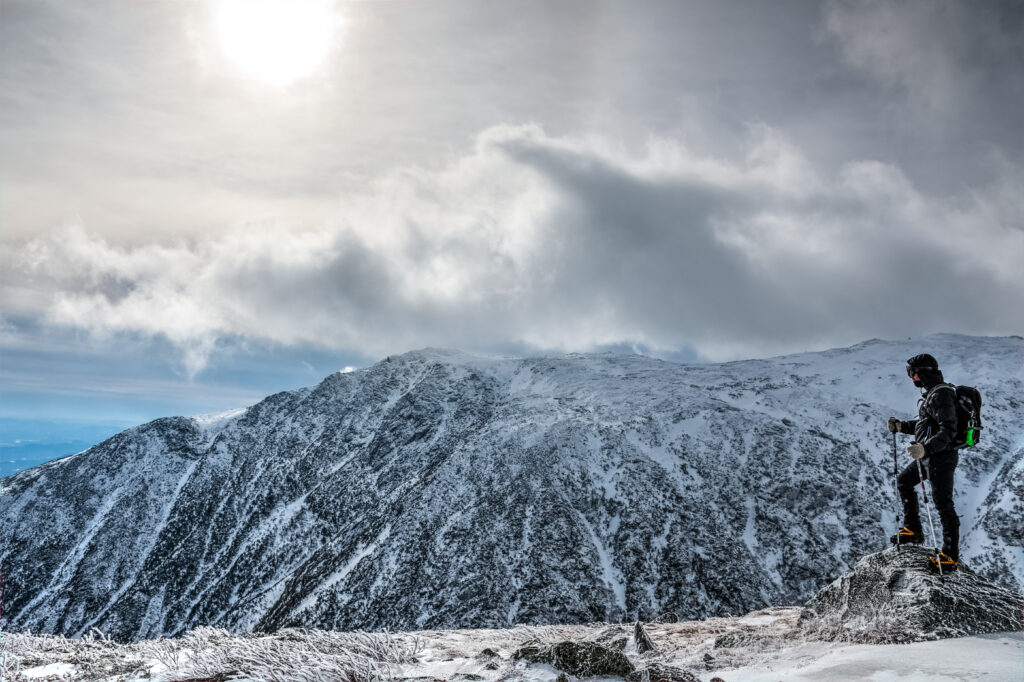Did you know that one of the most dangerous mountains in the world can be found right in the United States? That’s right: the eastern coast of the United States is home to a mountain that no novice should attempt to conquer.
Ready to learn more and find out just what American mountain is considered one of the most dangerous in the entire world? Keep reading below!
Most Dangerous Mountains: Eastern United States
Believe it or not, it can be tricky to determine exactly which mountains in the world can be considered the most dangerous. This is because many different factors come into play. Not every aspect applies to every mountain.
However, two factors can determine whether or not a mountain should be considered the most dangerous. The first would be the environment of the mountain. This includes altitude, weather and climate, and the wilderness that makes up the mountainside. The next would be human fatalities.
Exploring and hiking mountains is a hobby that many people both in the United States and around the world share. However, like with most hobbies and sports, it can be dangerous. With certain mountains, the risk of injury and even death can be elevated due to the mountain’s natural conditions, which can increase the likelihood of a mountain being labeled a dangerous mountain.
So, with that background information, what mountain on the east coast meets the requirements to be a dangerous mountain? Look no further than Mount Washington in New Hampshire.

The most dangerous mountain on the east coast of the United States is Mount Washington in New Hampshire.
©David Boutin/Shutterstock.com
About Mount Washington
Mount Washington is located in New Hampshire, one of many mountains comprising the iconic Appalachian Trail. With its peak sitting over a mile tall at 6,288 feet, it is considered the highest peak in the northeastern region of the United States. It is one of the mountains in the Presidential Range of the White Mountains.
This large mountain has been an important part of the local culture long before it developed its English name. Prior to the arrival of English settlers in the area, the indigenous peoples who called this northeastern region home had several names for Mount Washington. Some of these names include Kodaak Wadjo (“summit of the highest mountain”), Agiochook (“the place of the Great Spirit”), and Waumbik (“white rocks”). For many of these nations, the mountain was a sacred area and the dwelling place of gods.
Mount Washington has what is known as an alpine climate. Some of the animals you can expect to see here include deer, cougars, black bears, and ground squirrels.
How Many People Have Passed While Climbing Mount Washington?
Record-keeping on the deaths of Mount Washington didn’t begin until 1849, around 30 years after its oldest rail, Crawford Trail, was established. More than 160 people alone have died on Mount Washington, with many more passing away in the surrounding mountains of the Presidential Range.
William Buckingham Curtis is one of the people to have passed during an expedition on Mount Washington. In modern times, Curtis is known as the father of American amateur athletics. During his life, he maintained different careers in different industries in the world of sports. This includes being a competitor to being an editor. He was 63 when he attempted to climb Mount Washington, only to later pass during a snowstorm.

Nestled in the White Mountains of New Hampshire, Mount Washington is among the most challenging mountains in the United States.
©Cory Knowlton/Shutterstock.com
Why Is Mount Washington So Dangerous?
With dozens of people losing their lives to Mount Washington, you may wonder what makes this mountain more dangerous than others. This includes others in the Presidential Range.
The most dangerous part of Mount Washington is its location. It’s located directly where three different major storm tracks intersect. This means that if any bad weather were to move northeast and pass over the peak of Mount Washington, it’s liable to collide with more storms there. This can create remarkably dangerous storms that rival those seen closer to flat land.
Some of the highest wind speeds ever recorded by humans can be attributed to Mount Washington. In fact, for around 60 years, it held the record for the highest wind speeds ever. Now, it holds one of the records for the highest speeds outside of major weather events like tornadoes or hurricanes. Just how fast can the wind reach here? Currently, the fastest directly recorded on this mountain is a whopping 231 miles per hour. For reference, very few trains can reach speeds of 170 miles per hour, much less speeds of 200!
There is also the overall temperature on the mountain. Due to elevation, it’s not uncommon to see mountains and their peaks easily reach temperatures below freezing. However, when you pair in wind chill and bad weather, Mount Washington can quickly reach temperatures colder than even those Antarctica regularly sports.
However, the biggest reason that Mount Washington is considered one of the most dangerous mountains is the fact that it’s so accessible.
Mount Washington and Its Visitors
Mount Washington is a popular location in the northeastern region of the United States. Because it’s part of the Appalachian Trail, it regularly sees visitors, both local and visiting the area. However, Mount Washington is unique when compared to other mountains. First, Mount Washington is taller than many of the mountains those on the trail will be used to. It also has unique geographic hazards, such as large rocks. This can make it a danger zone for those not properly prepared.
The photo featured at the top of this post is © David Boutin/Shutterstock.com
Thank you for reading! Have some feedback for us? Contact the AZ Animals editorial team.







